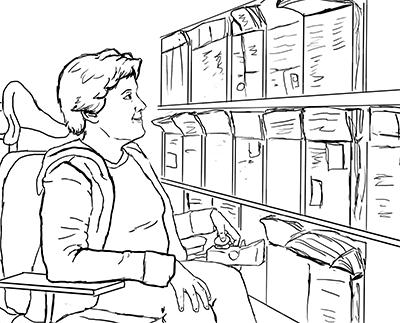Science Labs
What you should know about Your Students with Disabilities
Through their experiences in the classroom, students share their thoughts and suggestions about key things they would like their computing professors to know and understand about students with disabilities. These thoughts and suggestions include teaching tips, information about how a student’s disability impacts their access to learning and thoughts on implicit bias and ableism student often experience.
Checklist for Making Informal Learning Accessible to Students with Disabilities

Making a Makerspace? Guidelines for Accessibility and Universal Design
Many engineering departments, libraries, and universities are launching new initiatives to create makerspaces, physical spaces where students, faculty, and the broader community can gather and share resources and knowledge, work on projects, network, and build. In creating these innovative spaces we should apply principles of universal design to ensure the spaces, tools, and community are accessible to as many individuals as possible.
Equal Access: Universal Design of Engineering Labs
As increasing numbers of people with disabilities pursue educational opportunities in engineering, accessibility of engineering teaching and research labs is critical. The ultimate goal is simply equal access. Hands-on learning in lab courses is an important component of an engineering degree. Everyone who needs to use your department's labs should be able to do so comfortably.
Checklist for Making Engineering Labs Accessible to Students with Disabilities
Name and location of science lab reviewed:
Reviewer name(s):
Contact name, phone, email:
Students with disabilities can face access challenges in engineering lab classes. Access barriers may prevent a student from
AccessEngineering: Promoting the Success of People with Disabilities in Engineering and Incorporating Universal Design in Engineering Curricula
AccessEngineering works with two national leadership teams: engineering faculty from diverse colleges and universities, and students with disabilities in undergraduate and graduate engineering programs
Activities for Students with Disabilities
AccessEngineering encourages students with disabilities to pursue engineering careers.
Captions: Improving Access to Postsecondary Education
Professors, students, and IT administrators share the benefits of using captions on videos in postsecondary courses.